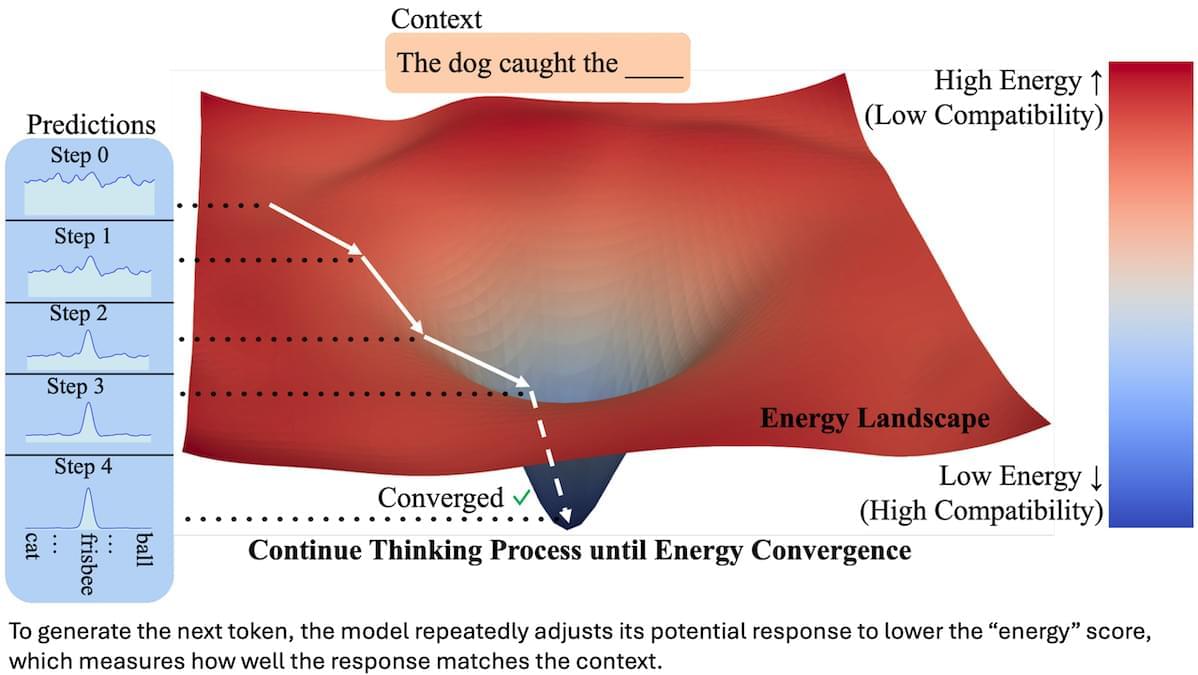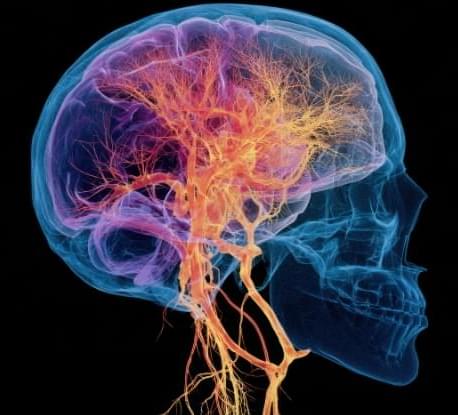The global cardboard drone market is projected to expand from an estimated $50 Mn in 2025 to a substantial $384 million by 2035, driven by a 22.6% CAGR.



High-grade gliomas are aggressive brain tumors with poor prognosis, largely because even after surgical removal, infiltrative residual tumor cells often regrow during the latency before radiotherapy, leading to recurrence. The standard chemoradiotherapy only modestly improves survival. A crucial window of vulnerability arises post-surgery, before radiotherapy begins, where residual tumor cells are not well addressed by systemic chemotherapy.
Prof. Feng-Huei Lin and Dr. Jason Lin from National Taiwan University have designed a local post-surgical gel packing with sequential delivery of platinum agents that could maintain therapeutic drug concentrations intracranially and synergize with subsequent radiotherapy to eliminate glioma tissue. Their study is published in the Chemical Engineering Journal.
The cutting-edge drug-delivery gel can be directly injected into the surgical cavity following tumor resection. This gel provides sustained local delivery of platinum-based anticancer agents, ensuring effective eradication for residual glioma tissue that remain after surgery. The gel is designed to maximize the therapeutic impact while minimizing systemic exposure.

A new type of transformer can check its work. Instead of guessing the next output token in one shot like a typical transformer, it starts with a rough version of the token and improves it step by step.
What’s new: Alexi Gladstone and colleagues at University of Virginia, University of Illinois Urbana-Champaign, Amazon, Stanford, and Harvard proposed the Energy-Based Transformer (EBT). Early experiments show that it scales more efficiently than transformers at relatively small sizes.
Energy-based model basics: For a given input context paired with a candidate response (for example, a prompt and potential next token), an energy-based model produces a number called “energy” that represents how likely the potential next token would follow the prompt. During training, the model learns to assign low energy if a context/potential-response pair is very likely and high energy if it’s not.
Gravitational-wave detection technology is poised to make a big leap forward thanks to an instrumentation advance led by physicist Jonathan Richardson of the University of California, Riverside. A paper detailing the invention, published in the journal Optica, reports the successful development and testing of FROSTI, a full-scale prototype for controlling laser wavefronts at extreme power levels inside the Laser Interferometer Gravitational-Wave Observatory, or LIGO.
LIGO is an observatory that detects gravitational waves —ripples in spacetime caused by massive accelerating objects like merging black holes. It was the first to confirm their existence, supporting Einstein’s Theory of Relativity. LIGO uses two 4-km-long laser interferometers in Washington and Louisiana to capture these signals, opening a new window into the universe and deepening our understanding of black holes, cosmology, and extreme states of matter.
LIGO’s mirrors are among the most precise and carefully engineered components of the observatory. Each mirror is 34 cm in diameter and 20 cm thick and weighs about 40 kg. The mirrors must remain perfectly still to detect distortions in spacetime smaller than 1/1,000th the diameter of a proton. Even the smallest vibration or environmental disturbance can overwhelm the gravitational wave signal.


Boston University researchers found that ordinary moments can gain staying power if they’re connected to significant emotional events. Using studies with hundreds of participants, they showed that the brain prioritizes fragile memories when they overlap with meaningful experiences. This could help explain why we recall certain details surrounding big events and may lead to new ways of boosting learning and treating memory disorders.

Observational studies of psychiatric diseases such as schizophrenia, bipolar disorder and major depression have long tied viral infections with behavioral symptoms in these disorders, but scientists have been unable to find direct evidence of suspected viruses in the brain. Experts say that’s possibly because viruses may not get directly inside the brain, but may target the brain lining instead.
After testing that idea using postmortem human brain samples and the electronic medical records of 285 million patients, a team of Johns Hopkins Medicine scientists says it has found such evidence in the form of the liver-damaging hepatitis C virus in the human brain’s choroid plexus, a collection of cells that make up the lining of the fluid-filled cavities, or ventricles, and — notably — produce the cerebrospinal fluid that protects the brain and spinal cord…
…’Our findings show that it’s possible that some people may be having psychiatric symptoms because they have an infection, and since the hepatitis C infection is treatable, it might be possible for this patient subset to be treated with antiviral drugs and not have to deal with psychiatric symptoms,’ Sabunciyan says.

The influence of the heart and circulatory system occurs within milliseconds, and every single heartbeat plays a role. The role of the heart in the psyche and cognition is evident in the high coincidence of cardiovascular diseases, such as high blood pressure and heart attack, and mental illnesses, such as depression and anxiety disorders.
There are a number of explanations for this high coincidence, but none of them have been definitively proven yet. For example, negative psychological reactions to a diagnosis of cardiovascular disease are cited as a reason for the development of mental illness. On the other hand, an unhealthy lifestyle in the presence of mental illness is considered a risk factor for the development of cardiovascular disease.
The concept is based on integrated brain–body states. Every physical process, such as a heartbeat or any change in blood pressure or metabolism, is automatically accompanied by a mental or psychological process. This means that the two are inextricably linked.

Staring at the ceiling while the clock blinks 3am doesn’t only sap energy for the next day. A large, long-running US study of older adults has now linked chronic insomnia to changes inside the brain that set the stage for dementia.
The researchers, from the Mayo Clinic in the US, followed 2,750 people aged 50 and over for an average of five and a half years. Every year the volunteers completed detailed memory tests and many also had brain scans that measured two telltale markers of future cognitive trouble: the buildup of amyloid plaques, and tiny spots of damage in the brain’s white matter – known as white-matter hyperintensities.
Participants were classed as having chronic insomnia if their medical records contained at least two insomnia diagnoses a month apart – a definition that captured 16 percent of the sample.
